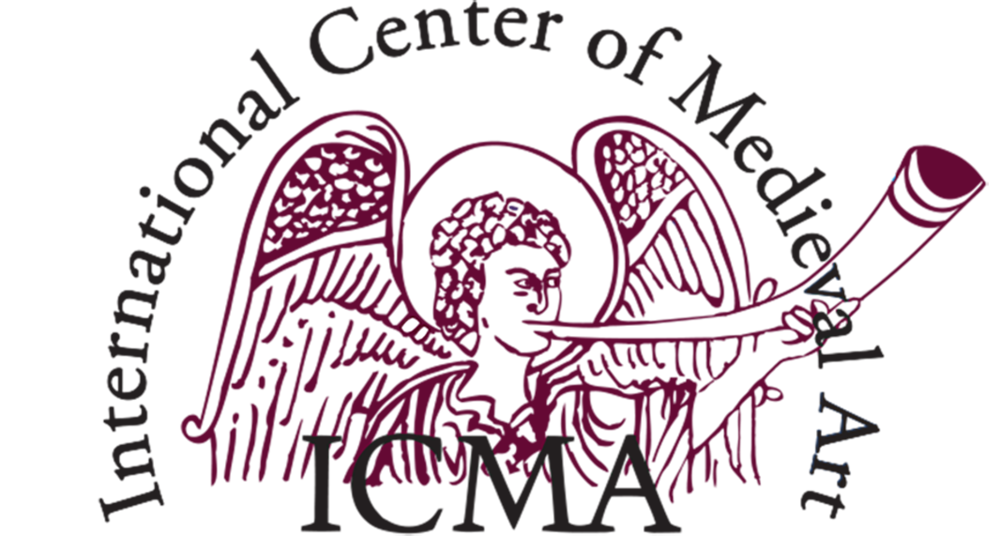2021 ICMA Stahl Lecture
Eternal Victory: Hagia Sophia and the Byzantine Vision of Empire
Bissera Pentcheva, Stanford University
Monday 8 November 2021
5:00 pm MT (7:00 pm ET, 6:00 pm CT, 4:00 PT)
Register HERE
Image, Chant, and Imagination at Ste. Foy in Conques
Bissera Pentcheva, Stanford University
Friday 12 November 2021
1:30pm MT (3:30pm ET, 2:30 CT, 12:30pm PT)
Register HERE
Eternal Victory: Hagia Sophia and the Byzantine Vision of Empire
Bissera Pentcheva, Stanford University
Monday 8 November 2021
5:00 pm MST (7:00 pm ET, 6:00 pm CT, 4:00 PT)
Hagia Sophia enthralled its visitors with its luminous and immense interior and reverberant acoustics. The chants composed for this space further amplified the metaphysical effect of wet sound. By using both intercalations of non-semantic vocables and long melismas, these liturgical songs stretched the semantic chains, obfuscating the meaning and pushing sound beyond the register of human language. The divine in Hagia Sophia emerged in the aural and visual––reverberation, glitter, shadow— freed from anthropomorphic form. But this system was challenged after Iconoclasm (843 CE) when monumental figural decoration was introduced in the Great Church (867 CE) and the palatine chapels. This paper explores the change through the concept Eternal Victory.
Starting in the ninth century but gaining momentum the late tenth century Byzantium reclaimed its territories in the East: capturing Crete, Antioch, and northern Palestine. These victories were celebrated with triumphal processions in Constantinople. New chants were written specifically to be performed in the Great Church and the palatine chapels. Some of the poetry and music was composed by the emperor himself. Analyzing the melodic contour of some of these songs shows how they strategically used the acoustics of the dome to offer a glittering vision of power. And the same time, the figural mosaics in Hagia Sophia and in the palatine chapels gave an anthropomorphic concreteness to the experience of the divine in the reverberant sound. None of these images survives. Yet, a monastery near Thebes (Greece), Hosios Loukas, preserves one of the most extensive Byzantine programs. It channels the Constantinopolitan liturgy and enables us to explore how reverberant sound and figural images operated together to shape a vision of the resurgent empire.
This lecture is funded by the International Center of Medieval Art as the Stahl Lecture 2021. It is hosted by the University of Arizona School of Architecture and co-sponsored by the UA Department of Civil and Architectural Engineering and Mechanics, Department of History, Fred Fox School of Music, School of Art, and the UA Medieval, Renaissance, and Reformation Committee.
This lecture will be delivered on Zoom. Advance registration is required HERE.
Image, Chant, and Imagination at Ste. Foy in Conques
Bissera Pentcheva, Stanford University
Friday 12 November 2021
1:30pm MT (3:30pm ET, 2:30 CT, 12:30pm PT)
Medieval images decorating the interior and exterior of the ecclesiastical spaces were experienced in a sustained aural atmosphere of chanted prayer, recitation, and song. It is this sonic envelope and more specifically the melodic form and content of what is being sung that is rarely explored together with the visual, despite the fact that the music shaped how the figural was perceived. This talk engages the late-tenth, early eleventh-century music for the Office of Ste. Foy and places it in relation with the cult statue and the relief images in the church at Conques. How does the melody shape the meaning of the words; how does chant transform the perception of the architectural space and its images; how does music invite the imagination to conjure up the presence of the saint? Answering these questions will gradually uncover the multisensorial immersive atmosphere, created by the medieval liturgy, which led to a transcendence of subject and object into a mystical union.
This lecture is funded by the International Center of Medieval Art as the second Stahl Lecture 2021. It is hosted by the Arizona State University School of Art and co-sponsored by the ASU Herberger Institute for Design and the Arts, Design School, and the Arizona Center for Medieval and Renaissance Studies.
This lecture will be delivered on Zoom. Advance registration is required HERE.
About the speaker
Bissera Pentcheva, the ICMA Stahl Lecturer for 2021, is Professor of Art and Art History at Stanford University, with a courtesy appointment in the Department of Classics. Author of three books (Icons and Power, The Sensual Icon, and Hagia Sophia: Sound, Space and Spirit in Byzantium) and editor of two more (Aural Architecture in Byzantium and Icons of Sound), she has redefined the study of Byzantine architecture by means of new insights at the intersection of architecture, art, acoustics, liturgy, and theology. Her particular interest has been the “animation” of objects and buildings over time as they are perceived in changing conditions of light and sound. To understand these phenomena in the past she has adopted contemporary technology to capture atmospheric effects around objects and in buildings and to match sonic performance today with the “acoustic signatures” of historic buildings.


